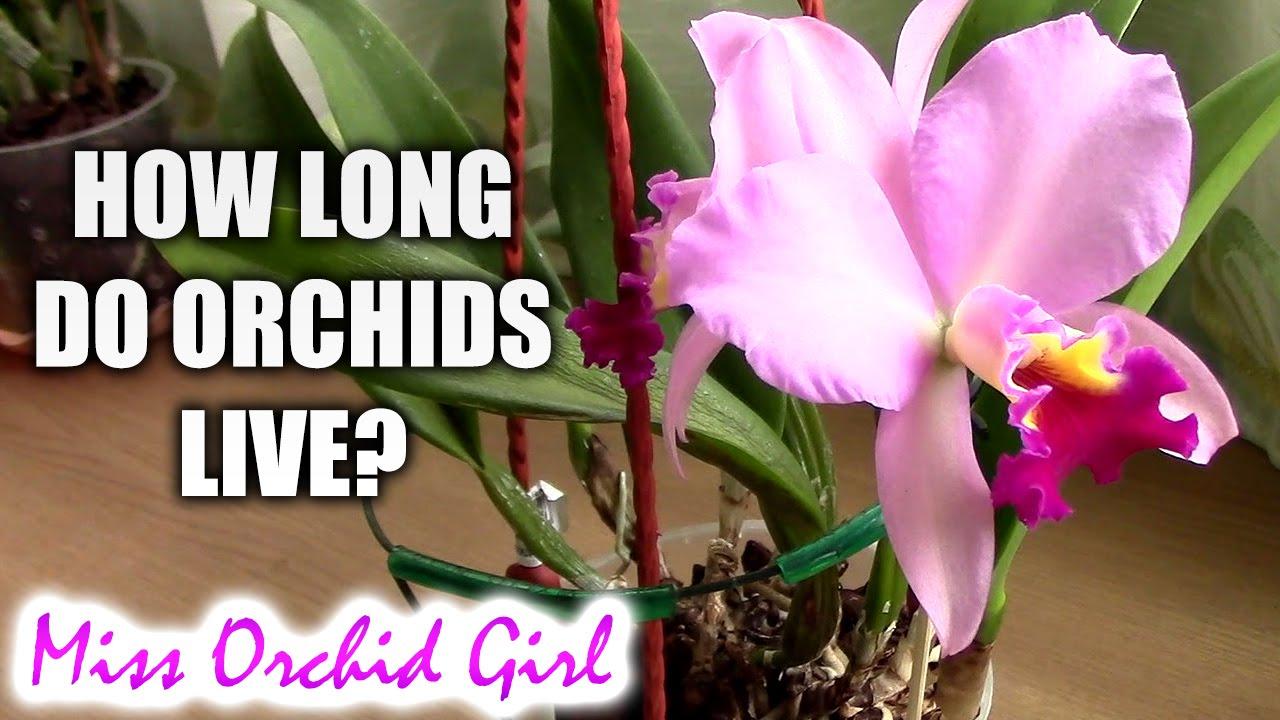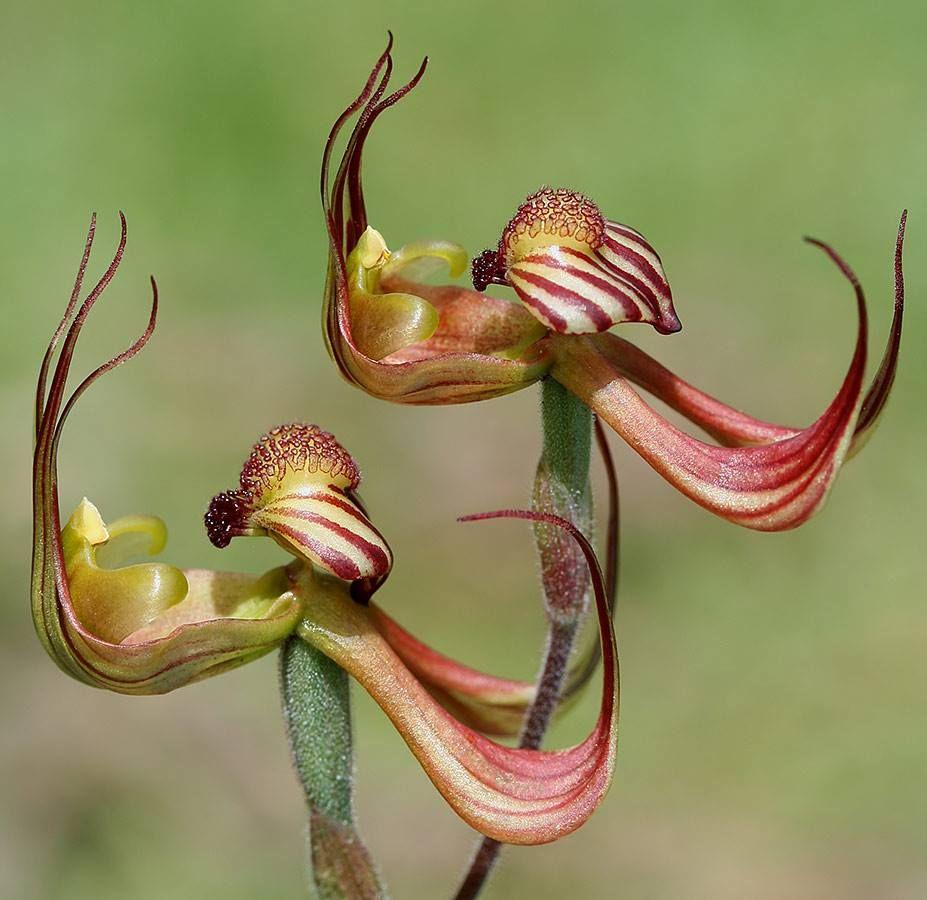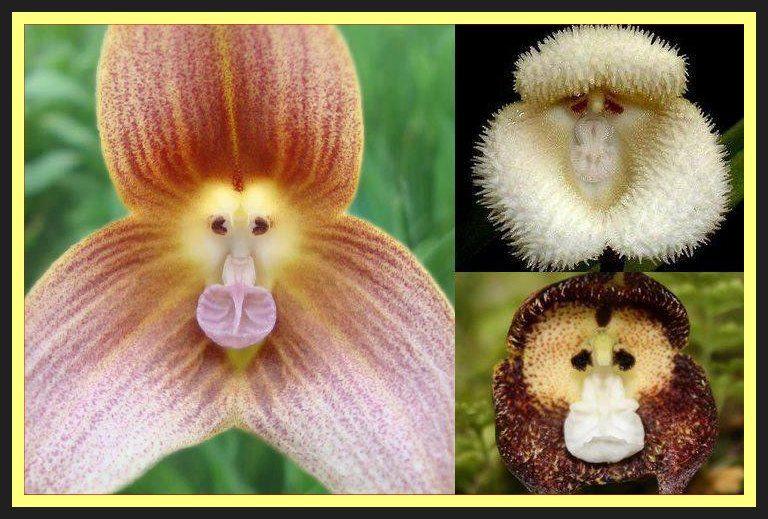Orchids are one of the world’s largest flowering plant genera, boasting over 30,000 species with stunning diversity in both appearance and structure.
Orchids stand out among other plants as epiphytes – they grow in the air rather than on the ground. Therefore, they require plenty of humidity to thrive.
Light Duration
Orchids thrive in a range of light levels, from direct sunlight to the dimmest conditions found on forest floors. Hobbyists often attempt to replicate these conditions indoors by placing their orchids under south or east facing windows.
However, these intensely bright light conditions can do irreparable damage to orchid leaves if left unchecked for too long. Overexposure of excessive sunlight will eventually turn them a pale green and eventually burn, with reddish spots and brown patches appearing along the edges if not addressed promptly.
Thankfully, there are two straightforward tests to determine whether your orchid is getting enough light. One quick method is placing your hand about 12 inches from the plant and looking at the shadow it casts.

If your hand does not cast a shadow, the room is not providing your orchid with enough illumination. You can measure the intensity of light using foot candles or lux, which are both basic units of illuminance in the metric system.
Light Intensity
Orchids require a certain amount of light to thrive. The intensity required can differ depending on the species of orchid and where you live.
Most orchids can tolerate a range of light conditions from low to high. However, high-light varieties like Brassavolas (sunflowers) and Cattleya orchids require more intense illumination in order to thrive.

Position your plants where they can receive bright, direct sunlight from an east or south-facing window. If you live in a warm climate, consider placing them inside a room with filtered light for extra exposure.
You can determine how much light your orchid receives with a few easy tests that anyone can perform. Measure the intensity of the light using foot candles (lux), which are the basic unit of illumination in the metric system.
Temperature
Phalaenopsis orchids require a temperature difference between 10-15 degrees for optimal flowering and growth.
Orchids thrive in three distinct temperature zones. Warm-growing orchids prefer temperatures between 70deg-85degF /20deg- 30degC during the day and should not be exposed to temperatures below 65degF /18degC at night.

Higher altitudes are ideal for cooler-growing orchids. They typically prefer daytime temperatures between 60deg-75degF/15deg-25degC, with a slight drop in temperature at night.
No matter their origin, all orchids require some type of cooling off period at night to allow for adequate gas exchange and keep the plants healthy and strong.
Humidity
Humidity plays a significant role in the appearance of an orchid flower. It’s not just the amount of water vapor present in the air that matters, but also how much moisture the leaves absorb through their stomata (pores).
Ideal humidity levels for an orchid are between 40%-70% throughout the day. However, this may not always be feasible in dry climates.
Many growers use humidity trays to increase the level of moisture around their plants. You can find these trays in various shapes and sizes.
Add a layer of something (gravel, decorative stones, pre-washed Leca pebbles) to the bottom of your tray before placing your plants on top. This will keep their roots moist without them sitting in water and causing root rot! Be sure to water your flowers on this tray several times a week for best results!
